In our technology-driven world, 3.7 Volt batteries have become essential power sources for a wide range of devices — from smartphones to drones. Whether you're replacing an old battery, upgrading to a higher-capacity model, or exploring the available options, understanding the various sizes and specifications of 3.7V batteries is essential. This in-depth guide will explore the various types of 3.7 Volt batteries, their common applications, and key factors to consider when selecting the right one for your devices.
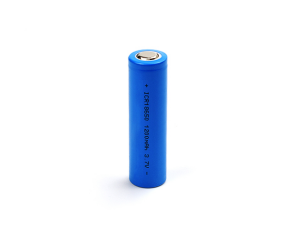
A 3.7V battery is a type of rechargeable lithium-ion battery known for delivering a stable voltage output. These batteries are widely used in everyday electronic devices such as smartphones, drones, cameras, and other portable gadgets.
Compared to traditional disposable batteries, 3.7-volt rechargeable batteries offer several notable benefits:
Rechargeable: Can be recharged hundreds of times, helping reduce both environmental waste and long-term costs.
High Energy Density: Delivers more power while remaining compact and lightweight.
Consistent Performance: Provides stable voltage throughout the discharge cycle, ensuring reliable device operation.
Eco-Friendly: Produces a lower environmental impact than single-use batteries.
While 3.7V batteries are highly efficient, they do come with certain limitations:
Temperature Sensitivity: Battery performance can be affected in extremely hot or cold conditions.
Safety Risks: Incorrect charging or mishandling may lead to overheating or other safety issues.
Higher Initial Cost: Though more expensive upfront than disposable batteries, they offer greater value over time due to their reusability.
3.7V lithium-ion batteries come in a variety of sizes, such as 14500 and 26650, to suit different electronic devices and applications.
Several widely used 3.7V battery types differ in both capacity and dimensions, making them suitable for specific uses — from flashlights and medical devices to power tools and electric vehicles. Let’s take a closer look at the most common ones:
1. 18650 Battery
One of the most popular rechargeable battery types, the 18650 features a cylindrical shape with a diameter of 18mm and a length of 65mm. Key advantages include:
High Energy Density: Balances excellent capacity with efficient energy storage.
Versatility: Commonly used in laptops, high-powered flashlights, electric vehicles, and vape devices.
Reliability: Offers long cycle life and consistent performance, even under demanding conditions.
2. 14500 Battery
With dimensions of 14mm in diameter and 50mm in length, the 14500 battery is similar in size to a standard AA battery. It stands out for:
Compact Design: Ideal for space-limited devices.
Wide Applications: Perfect for smaller electronics like flashlights, toys, and portable medical tools.
Reliable Output: Provides adequate power for devices with moderate energy demands.
3. 26650 Battery
A larger, high-capacity option, the 26650 battery measures 26mm in diameter and 65mm in length. It’s preferred for:
Substantial Capacity: Delivers higher energy storage for long-lasting power supply.
Durability: Built for high-drain devices like power tools, flashlights, and solar storage systems.
Extended Lifespan: Known for its long-lasting, stable performance.
4. 16340 Battery (RCR123A)
Compact and efficient, the 16340 — also known as RCR123A — has a 16mm diameter and 34mm length. Its strengths include:
Portability: Perfect for compact devices like cameras, tactical flashlights, and portable gadgets.
Reliable Power: Offers steady, dependable output despite its small size.
Versatile Use: Suitable for a wide range of electronics where size is a concern.
5. 21700 Battery
A newer, larger format gaining attention for its impressive capacity and efficiency, the 21700 measures 21mm in diameter and 70mm in length. It features:
High Capacity: Often exceeding 4000mAh, offering longer device runtimes.
Superior Energy Density: More efficient power storage compared to older models.
Broad Applications: Frequently used in electric vehicles, power tools, and high-performance flashlights.
6. 10440 Battery
Similar in size to a standard AAA battery, the 10440 is 10mm in diameter and 44mm in length. It’s ideal for:
Compact Electronics: Great for devices where size and weight matter.
Portable Devices: Common in small flashlights, media players, and other miniature gadgets.
Moderate Power Needs: Suitable for low-drain devices that benefit from rechargeable options.
The most common sizes of 3.7V batteries include 18650, 14500, and 26650. Each battery has distinct applications based on energy storage, size, and usage requirements. While the 18650 is popular in laptops, the compact 14500 fits smaller devices like flashlights.
3.7V lithium-ion batteries are widely used across various industries thanks to their compact size, consistent power delivery, and rechargeable nature. From portable electronics to electric vehicles, choosing the right battery size ensures optimal performance and efficiency.
These batteries are commonly found in drones, where their lightweight build and steady voltage make them ideal for flight stability and control. They also play a major role in electric vehicles (EVs), offering high energy density and long-lasting power in battery pack systems.
Application Breakdown by Battery Type
18650 Battery Applications
Laptops: High capacity and rechargeability make them perfect for powering portable computers.
Flashlights: Ideal for high-lumen, long-lasting flashlights.
Electric Vehicles: Used in battery packs for EVs thanks to their excellent energy density and long cycle life.
Power Banks: Often incorporated into high-capacity portable chargers.
14500 Battery Applications
Compact Flashlights: Suitable for small, portable flashlight designs.
Portable Electronics: Common in wireless mice, handheld devices, and small gadgets.
Medical Devices: Reliable and compact, making them ideal for portable medical equipment.
26650 Battery Applications
High-Powered Flashlights: Larger capacity allows for longer runtimes and brighter outputs.
Vaping Devices: Used in certain high-capacity e-cigarette models.
Power Tools: Durable and capable of handling high-drain applications in cordless tools.
16340 (RCR123A) Battery Applications
Cameras: Compact digital cameras and imaging devices benefit from their small size and dependable power.
Small Flashlights: Suitable for pocket-sized, high-intensity flashlights.
Security Devices: Often used in security sensors, alarms, and wireless systems.
21700 Battery Applications
Electric Vehicles: Increasingly popular in modern EV battery packs due to higher capacity and power output.
High-Performance Flashlights: Suitable for flashlights requiring extended runtimes and greater brightness.
Energy Storage Systems: Used in residential and industrial battery storage solutions.
10440 Battery Applications
Miniature Electronics: Perfect for tiny gadgets where space is limited.
Portable Media Players: Powers small audio and video devices efficiently.
Remote Controls: Ideal for remotes and other devices with low energy requirements.
Whether you're powering a compact flashlight, a portable medical device, or a high-tech electric vehicle, selecting the right 3.7V battery size is crucial for ensuring reliable and efficient performance. For power-hungry applications like EVs or energy storage systems, consider larger cells like the 21700 or 26650 for longer runtimes and greater capacity.
Selecting the correct 3.7-volt battery for your device is essential for safety, performance, and longevity. Here are the key factors you should consider when making your choice:
Identify the Required Capacity
Start by determining how much energy your device needs. Battery capacity is measured in milliampere-hours (mAh) — the higher the capacity, the longer the battery can power your device. Keep in mind that higher-capacity batteries are typically larger and heavier.
Check the Size and Fit
Ensure the battery’s dimensions match your device’s battery compartment. Measure the available space and compare it to the battery’s size specifications to avoid compatibility issues.
Consider the Discharge Rate
The discharge rate, measured in amperes (A), indicates how quickly the battery can deliver energy. High-drain devices like power tools or high-lumen flashlights require batteries with higher discharge rates to perform effectively and safely.
Choose Trusted Brands and Reliable Quality
For safety and consistent performance, select batteries from reputable, well-reviewed brands. Avoid cheap, unbranded options, as they may have unstable performance, shorter lifespans, and pose safety risks.
Look for Built-in Safety Features
Prioritize batteries equipped with safety protections such as:
Overcharge protection
Over-discharge protection
Short-circuit protection
These features help extend battery life and reduce the risk of accidents.
Confirm Voltage and Chemistry Compatibility
Ensure the battery’s voltage and chemical type (such as lithium-ion or lithium-polymer) are compatible with your device. Using the wrong type can lead to device damage, reduced performance, or safety hazards.
Check Certifications and Safety Standards
Select batteries that comply with recognized safety and quality certifications like UL, CE, and RoHS. Certified products have been rigorously tested for reliability, safety, and environmental standards — providing extra peace of mind.
When in doubt, always refer to your device’s manual or existing battery specifications for guidance. Prioritizing safety, compatibility, and quality will help you get the best performance and value from your 3.7V battery.
Q1: How can I prevent lithium batteries from exploding?
To minimize the risk of lithium battery explosions, avoid physical damage, overcharging, and overheating. Never use damaged batteries, and always follow proper charging procedures. Store them in a cool, dry place, away from direct sunlight, heat sources, and flammable materials.
Q2: What should I do if a LiPo battery catches fire?
If a LiPo battery ignites, immediately disconnect it from any power source and move it away from combustible items. Use a Class D fire extinguisher or place the battery in a fireproof container or sand to contain and smother the flames.
Q3: How should I store LiPo batteries at home?
Store LiPo batteries in fireproof containers or specialized LiPo-safe bags. Keep them in a cool, dry environment, away from direct heat and sunlight. It's also important to store them at a proper storage voltage, typically around 3.8V to 3.85V per cell, to prolong their lifespan and reduce risk.
Q4: Which types of lithium batteries are more likely to catch fire?
Among lithium-based batteries, LiPo (lithium polymer) batteries are more sensitive and prone to fire or explosion if mishandled, overcharged, or physically damaged. They require more careful handling compared to lithium-ion batteries.
Q5: Can LiPo batteries catch fire while in storage?
Yes, especially if stored improperly — for example, at full charge, in high temperatures, or when physically damaged — LiPo batteries can pose a fire hazard even when not in use. Proper storage practices and periodic checks are essential to ensure safety.
Q6: What’s the difference between 18650 and 14500 3.7V batteries?
The key differences lie in size, capacity, and applications:
18650 Battery: Larger (18mm × 65mm), higher capacity, suitable for high-drain devices like laptops, electric vehicles, and power tools.
14500 Battery: More compact (14mm × 50mm), with lower capacity, typically used in smaller electronics such as flashlights, toys, and handheld gadgets.
Q7: Can I use a 3.7V lithium-ion battery for my drone?
Yes — many drones use 3.7V lithium-ion batteries. However, it’s important to select the appropriate battery size, capacity (mAh), and discharge rate (C rating) based on your drone’s specifications. The capacity affects flight time, while the discharge rate determines how quickly the battery can deliver power. Always match the battery specifications with your drone’s requirements for safe and efficient operation.

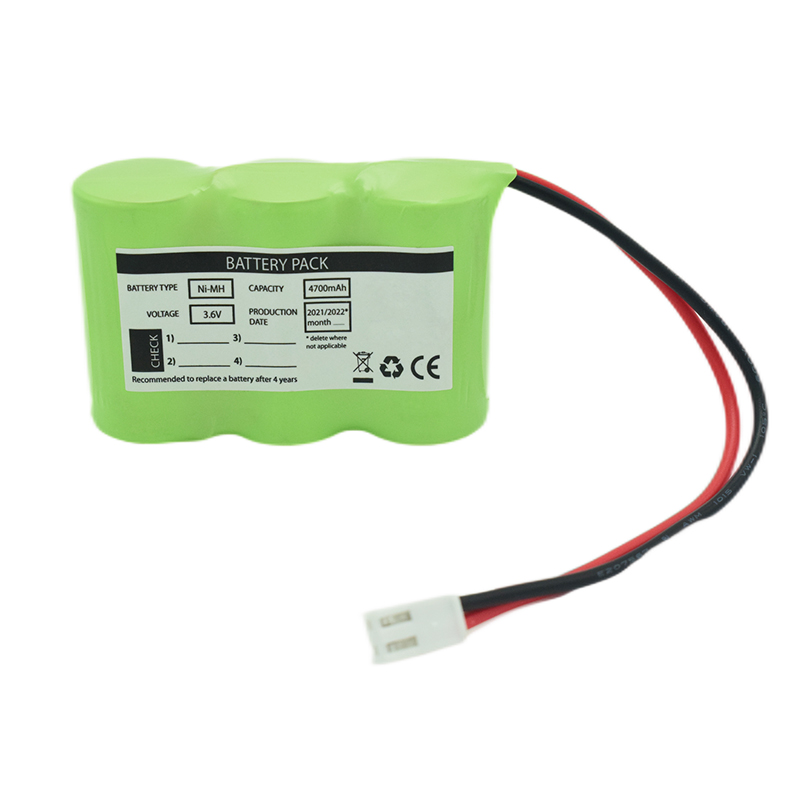 Ni-MH Battery C4700mAh 3.6V
Ni-MH Battery C4700mAh 3.6V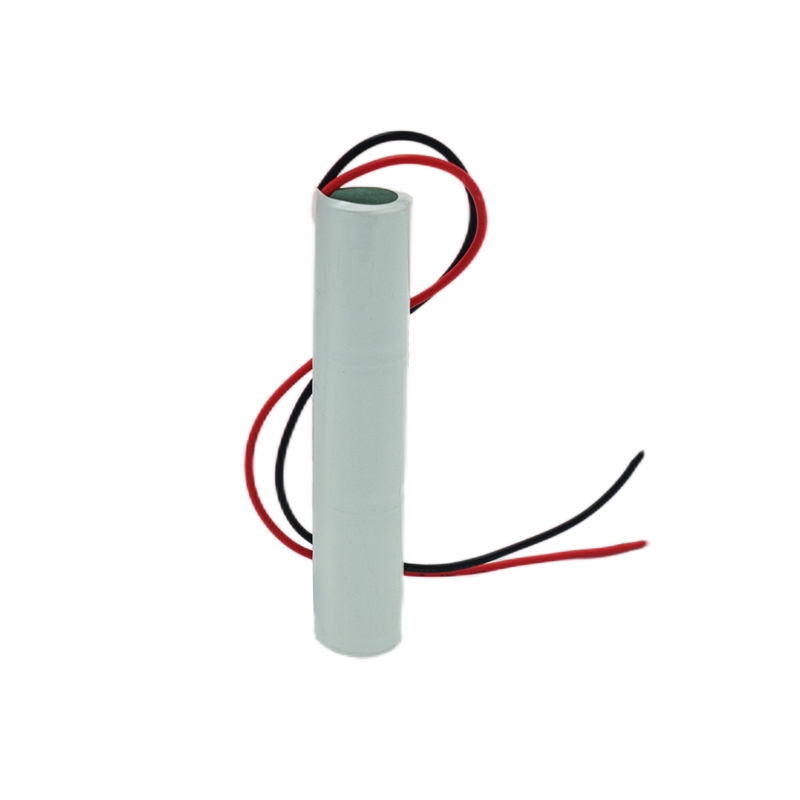 Nickel Cadmium Nicd Battery Pack SC1800mAh 3.6V
Nickel Cadmium Nicd Battery Pack SC1800mAh 3.6V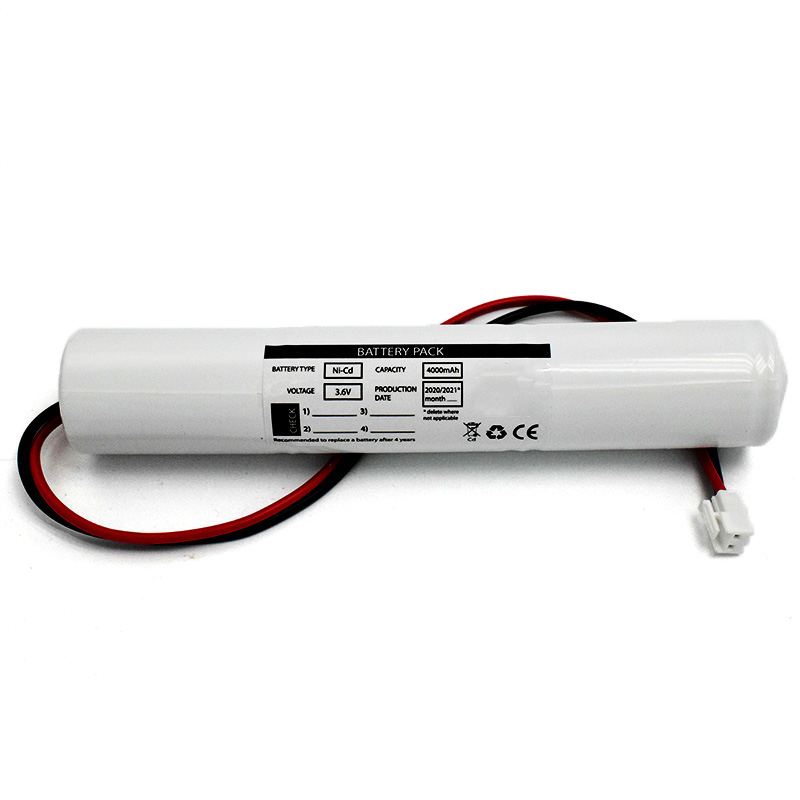 Ni-Cd Battery Pack D4000mAh 3.6V
Ni-Cd Battery Pack D4000mAh 3.6V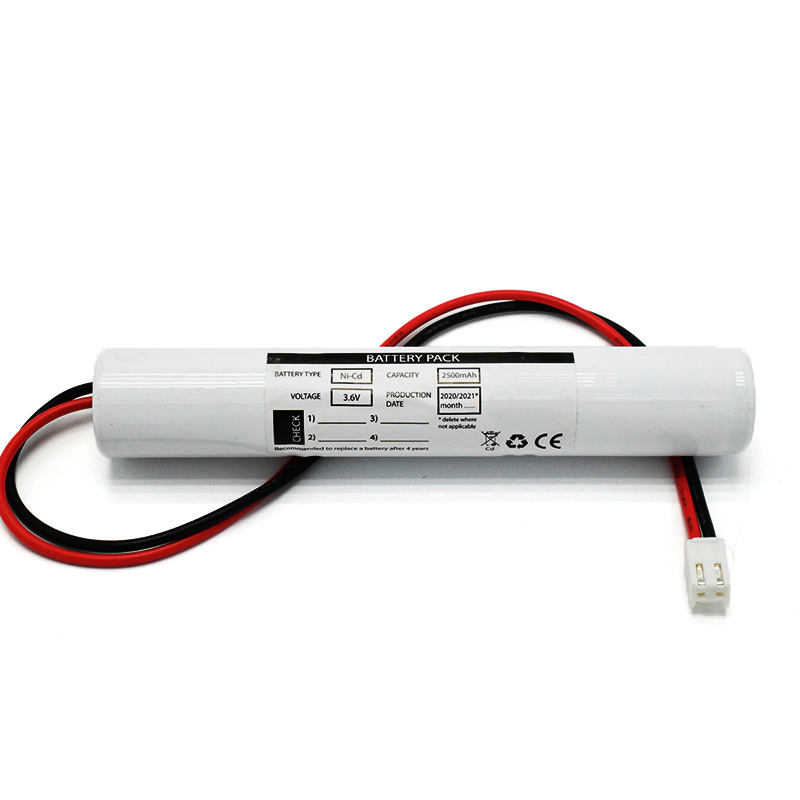 Ni-Cd Battery Pack C2500mAh 3.6V
Ni-Cd Battery Pack C2500mAh 3.6V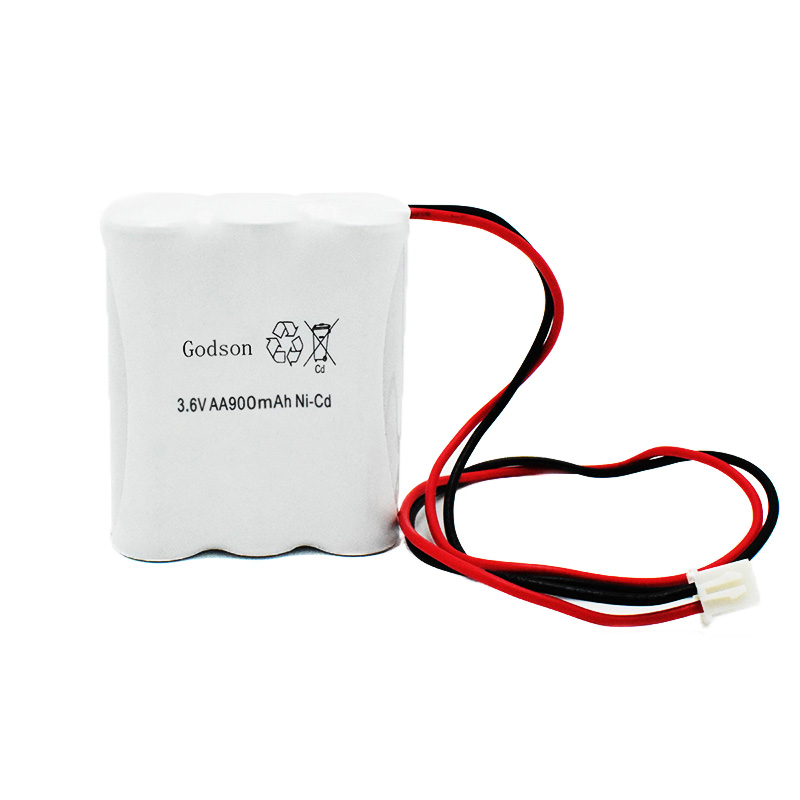 NICAD Battery Pack AA900mAh 3.6V
NICAD Battery Pack AA900mAh 3.6V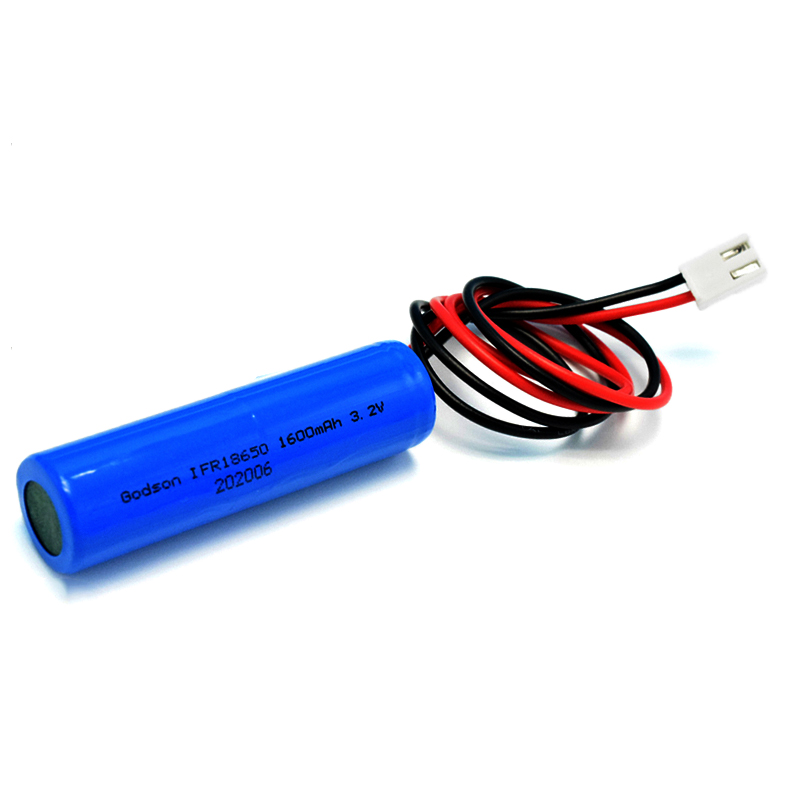 LiFePO4 IFR18650 1600mAh 3.2V
LiFePO4 IFR18650 1600mAh 3.2V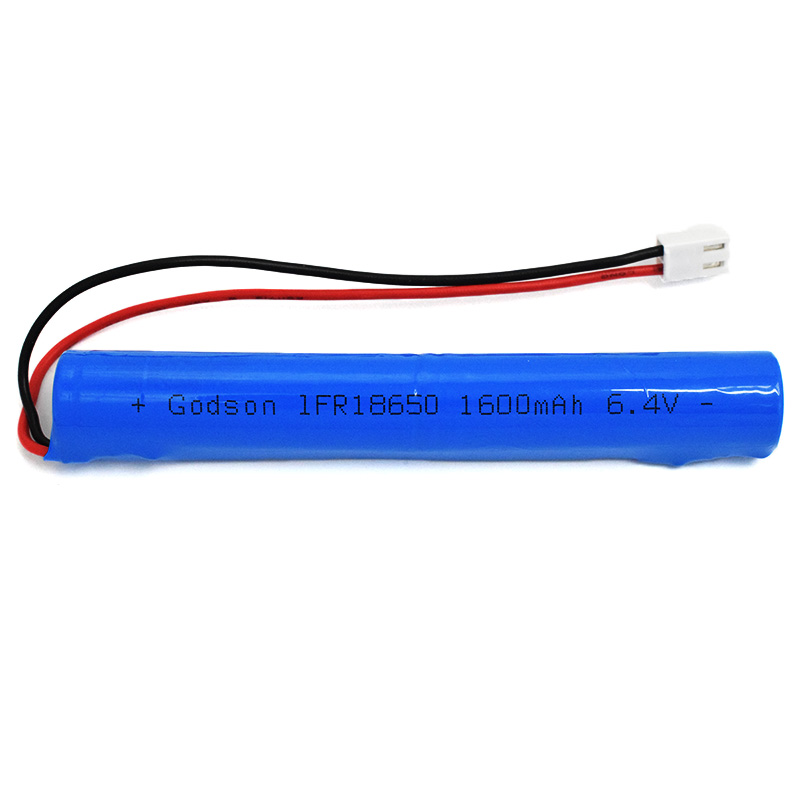 LiFePO4 IFR18650 1600mAh 6.4V
LiFePO4 IFR18650 1600mAh 6.4V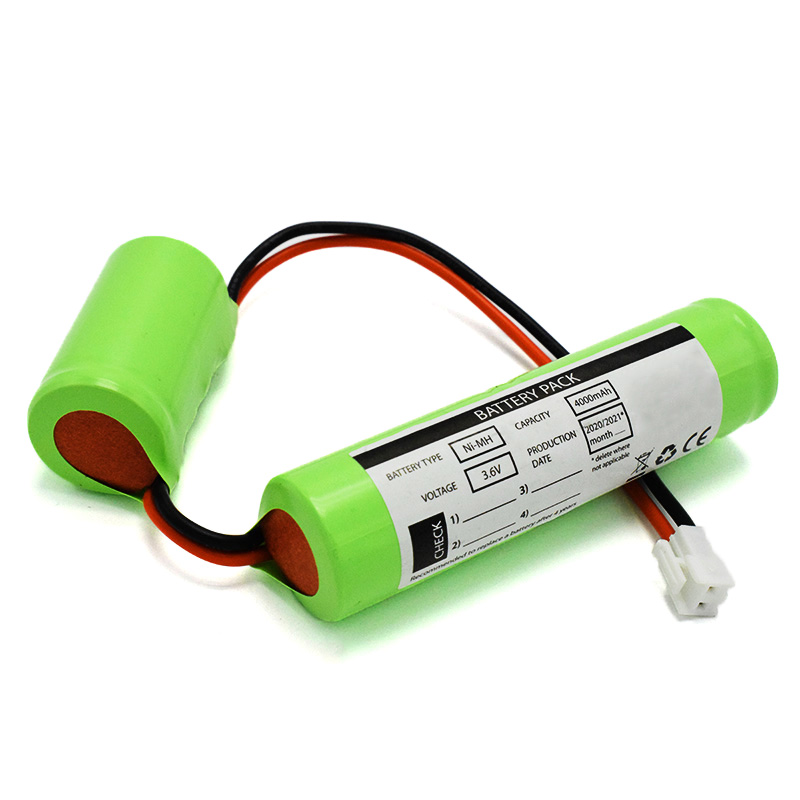 Ni-MH Battery C4000mAh 3.6V
Ni-MH Battery C4000mAh 3.6V E-bike Battery 48V 10Ah JL-1
E-bike Battery 48V 10Ah JL-1 E-bike battery 48V 10Ah Qing Tian
E-bike battery 48V 10Ah Qing Tian